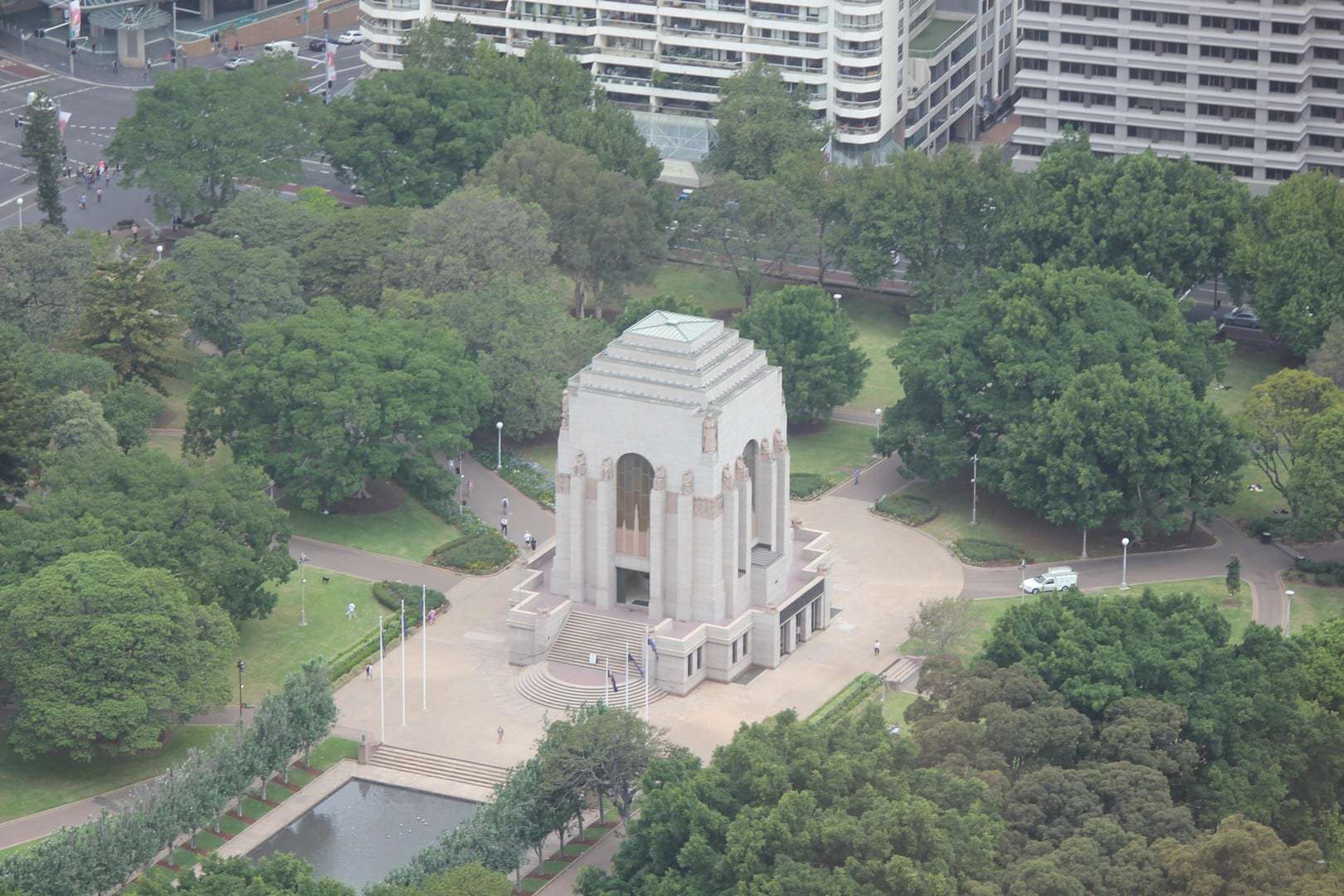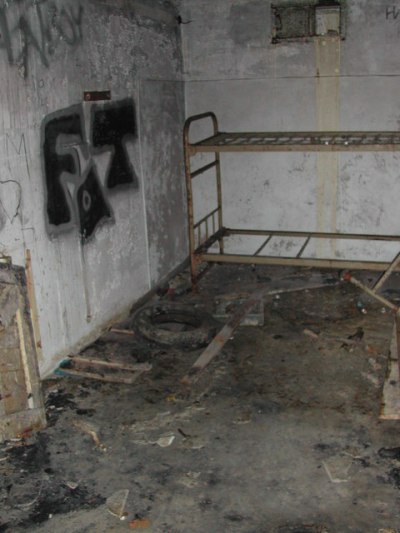
When the architectural competition was judged in 1926, no winner was selected. The origins of the AWM’s main building, way back in the beginning, were themselves not particularly auspicious. Still, if you can steel yourself – or put it on mute – the fly-through gives a good impression of what the extensions will be like: luxurious, cavernous and pretty bland. The use of forced emotion as a political instrument should always be a warning. This apparent call to action is also, pretty transparently, an appeal to jingoistic nationalism. When I was trawling around on the AWM website, I clicked on a video flythrough of the redevelopment’s design and listened in incredulity to the soundtrack. A solo piano playing Waltzing Matilda, starting slow and plaintive as the video zoomed us through the projected new spaces, it gradually swelled to full orchestral mode, accompanied by marching drums. After all, architecture is especially useful in materialising political ideology. In light of the proposed redevelopment, though, the question is whether such religiosity is being manipulated to political ends. Certainly, Commonwealth governments of both stripes have recognised the benefits of marrying religious and civil sentiments around the Anzac legacy.

Many have observed the religious language: references to the “fallen” and to an “Anzac spirit”, artefacts described as “relics”, the notion that Australians all must make a “pilgrimage”. So whether we like it or not, the spaces and rituals of the AWM play the role of a civil religion in Australian society. It was to be an expression of sorrow, service, self-sacrifice and suffering. Bean saw the AWM as a temple to the fallen, explicitly refusing any role as a celebration of militarism.

It’s hard to improve on Charles Bean’s own description of his imagined memorial as “a perfect, simple, solemn, exquisite building”. A sequence of beautiful, intimate and elegiac spaces, they are an object lesson in the power of monumental architecture. The commemorative spaces at the national memorial are deeply moving: the bronze Roll of Honour with its embossed names and poppies pressed into the cracks, the pool of reflection and eternal flame, the Hall of Memory with its sublime mosaics and stained glass, facing the Tomb of the Unknown Soldier. It transcends politics, it transcends all of us.”ĭespite Morrison’s overt religiosity and hyperbole here, he’s not wrong.

When Scott Morrison announced on Novemthat the government would provide $498 million over nine years to fund a major redevelopment of the Australian War Memorial (AWM), he described the place as “the soul of the nation … sacred to us all.


 0 kommentar(er)
0 kommentar(er)
